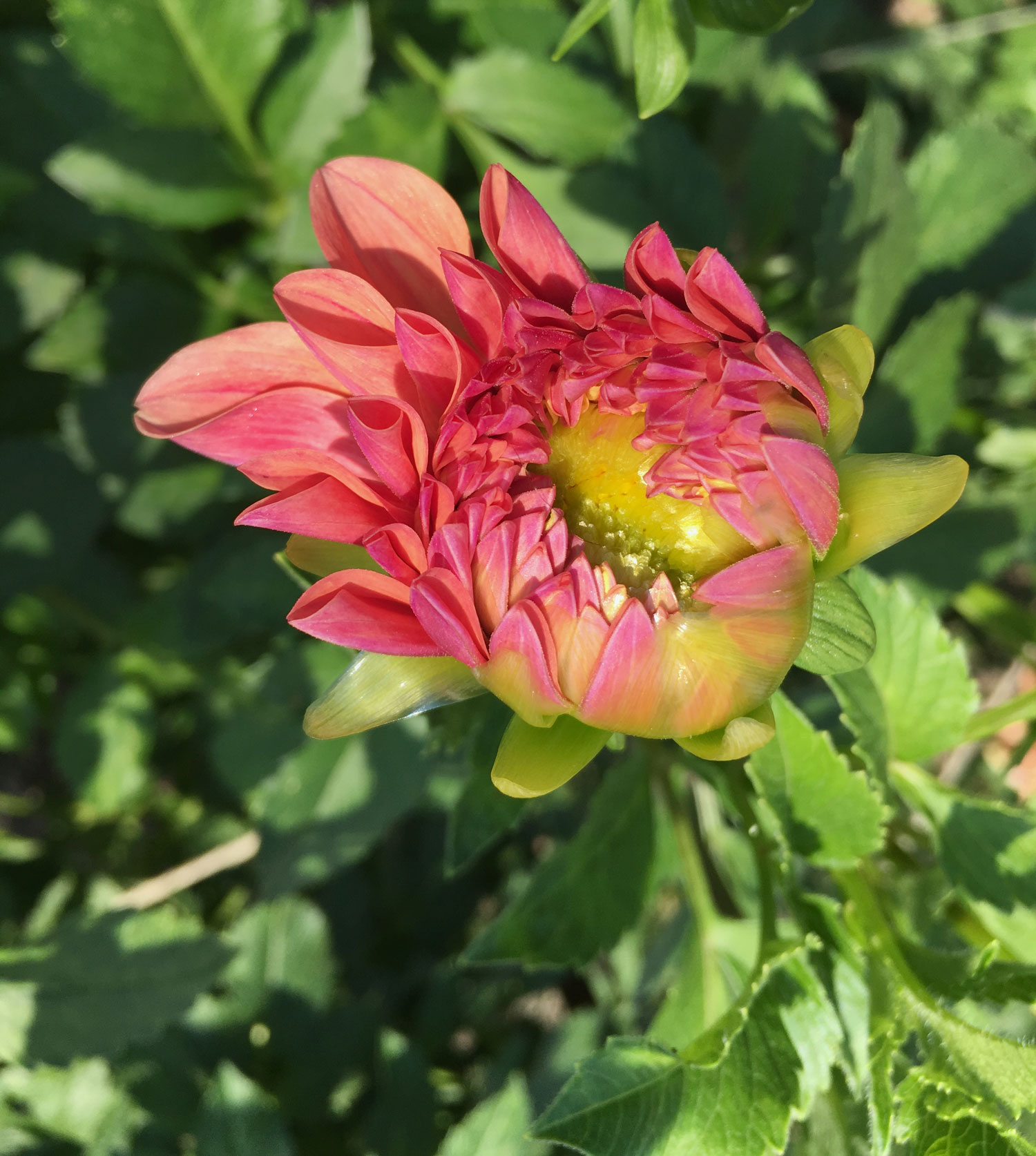Diseases and Pests to Watch Out For
Dahlias are vigorous plants that are born to bloom. Yet they are not invincible. If you suspect your dahlias are being attacked by a pest or disease, this article can help you identify the problem and figure out how to resolve it.
A couple things to note. It can be very difficult to distinguish one plant problem from another — even for an entomologist or plant pathologist. Organizations such as the American Dahlia Society have a good amount of information online. The National Dahlia Society in England is another good resource.
Keep in mind that healthy plants are always more resistant to pests and disease than plants that are stressed. For best results, pamper your dahlias as you would a prized tomato plant. Learn about caring for them here: All About Dahlias, 8 Tips for Growing Better Dahlias, and 10 Questions About Growing Dahlias.

Common Dahlia Pests
Slugs and Snails
These slimy pests are most destructive early in the growing season when dahlia foliage is soft and tender. As the plants grow, their stems and leaves toughen up and become more resistant to damage.
To deter slugs and snails, keep the soil surface as dry as possible. In damp weather, patrol daily (morning and/or evening) to gather and destroy these slimy beasts. You can also protect young plants with an organic slug repellent such as Sluggo.
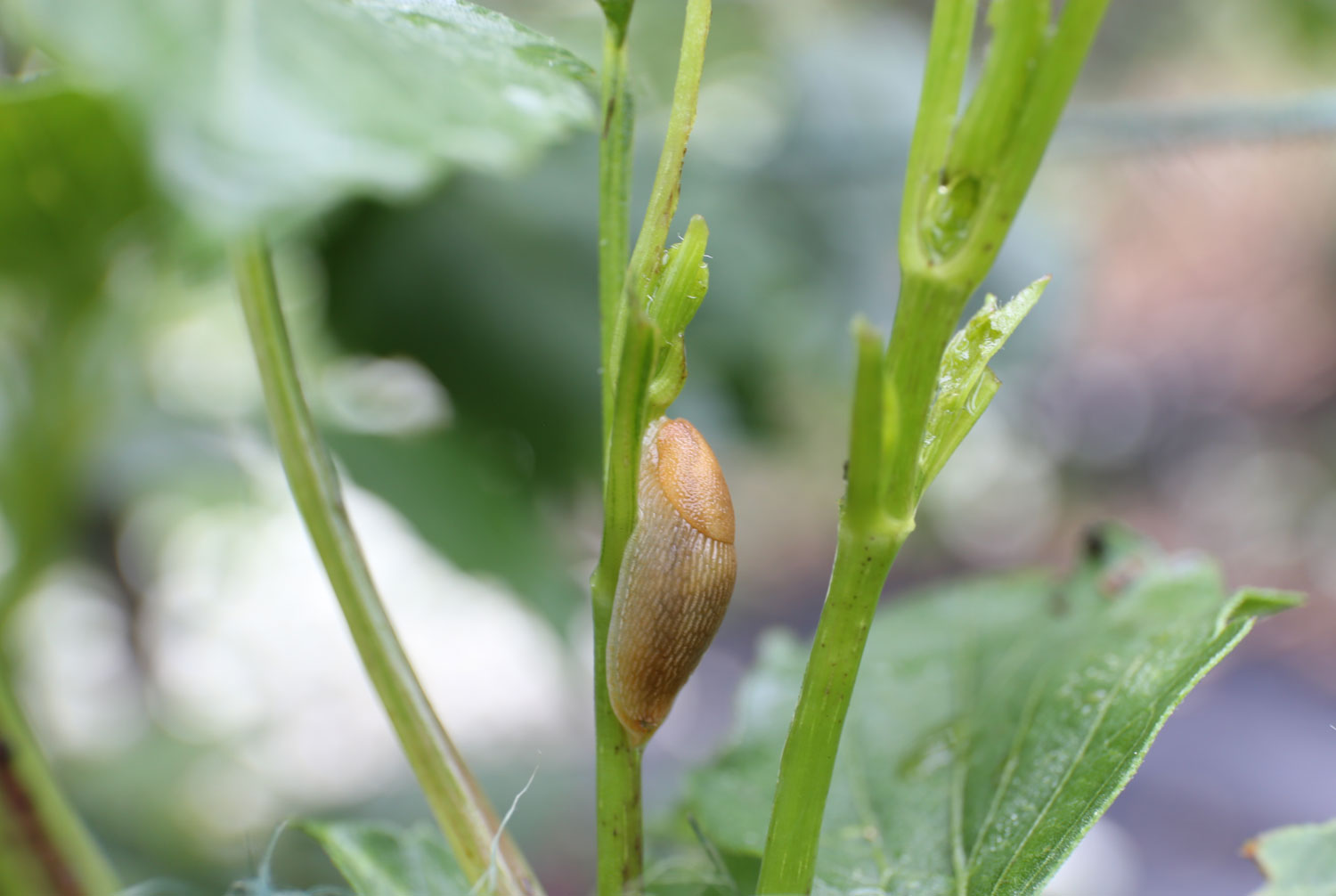
Earwigs
These creepy-crawly insects feed on decaying plant matter. Unfortunately, they also like munching on tender dahlia leaves and flower buds. Earwigs are largely nocturnal and during the day they like to hide among clusters of emerging leaves. You may notice their black frass (shown in photo below) before you see them. Chewed and deformed young leaves, buds and flowers are signs of earwig damage.
To help deter these pests, keep the area around your dahlias tidy. This means removing spent flowers, pruned foliage, weeds and other organic matter. Avoid mulching with shredded leaves or straw (both of which attract them). You can try catching earwigs in an upside-down flowerpot filled with moist, shredded leaves. You can also go after them with tweezers and drop them in a jar of soapy water. Or use an earwig-control product such as Sluggo Plus, which contains the organic insecticide Spinosad.
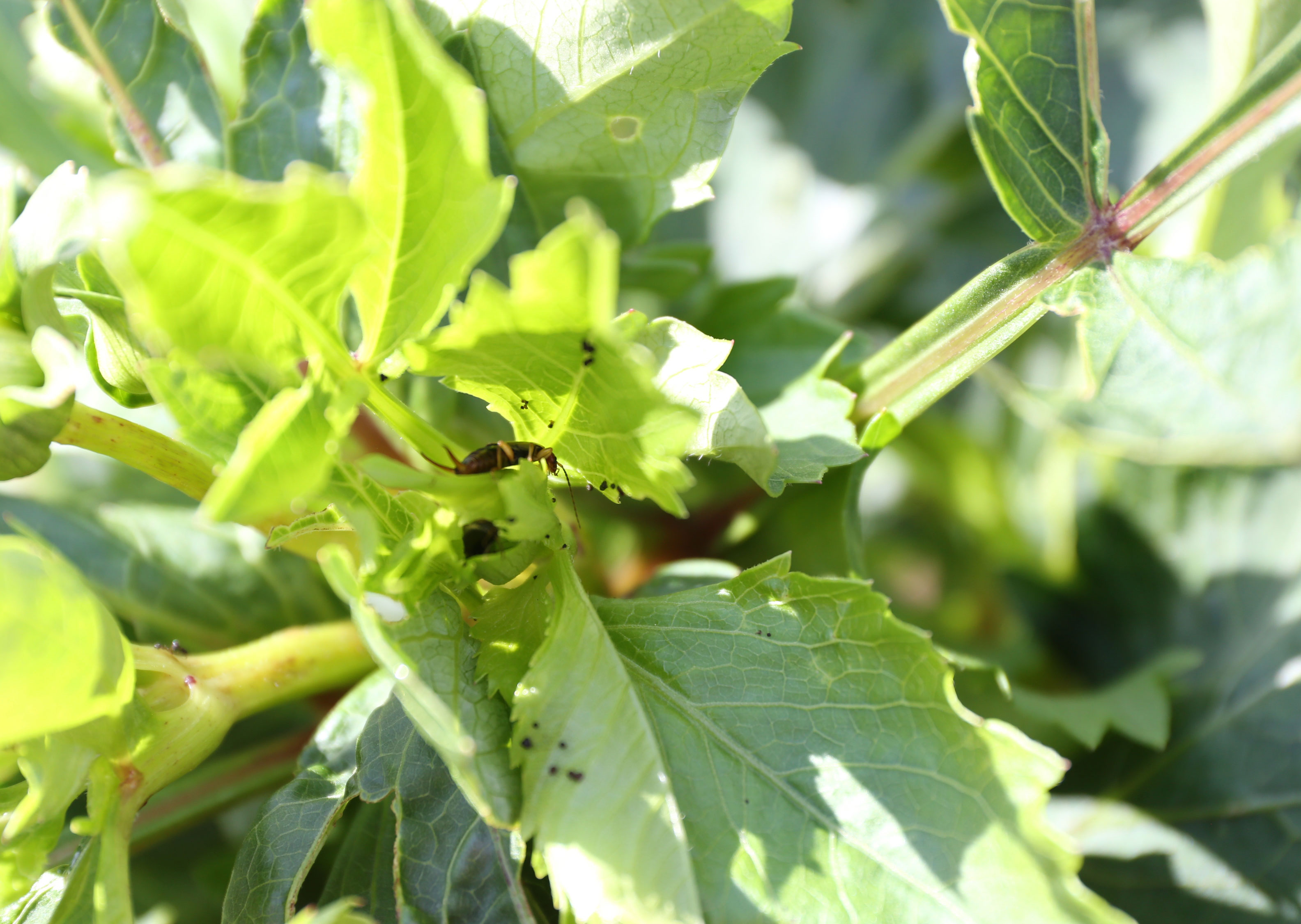
Tarnished Plant Bugs
If your dahlia flowers are occasionally distorted in shape or don’t open properly, this may indicate tarnished plant bug damage. These pests (both the adults and the much smaller nymphs) have piercing-sucking mouth parts. As they feed, their saliva leaves behind a toxin that damages plant tissues.
Tarnished plant bugs overwinter in leaf litter, so controlling weeds and mowing nearby areas can help reduce overwintering populations. Insecticidal soaps can help reduce the severity of outbreaks.
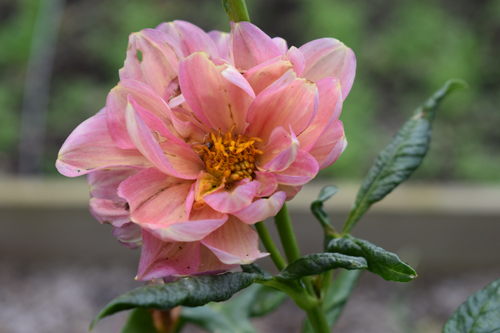
Potato Leafhoppers
Leafhoppers usually attack in early summer. They suck plant juices from the undersides of leaves, causing the foliage to become discolored and drop off. "Hopper burn" is a characteristic yellowing and curling of the leaves. Leafhoppers weaken plants, and by moving from one plant to another, they can also spread viral diseases.
Spray immature leafhoppers with insecticidal soap, making sure to get the undersides of leaves so the soap comes into contact with these soft-bodied insects.
Thrips
Thrips are tiny and difficult to see. They are sucking insects that can cause discoloration and distortion of both leaves and blossoms. Left unchecked, they will weaken the entire plant. Thrips can also transmit bacteria and viruses from one plant to another.
Plants that are stressed by heat and drought are particularly susceptible to thrips. Keeping your dahlias consistently watered can help discourage them. Insecticidal soaps can temporarily reduce an outbreak. Get more information about this pest and how to control it in this article from the Missouri Botanical Garden: Controlling Thrips Outdoors.
These plant pests are true spiders that, like thrips, suck plant juices and cause dahlia foliage to become yellow and mottled. When they are under attack by spider mites, dahlias lose vigor and their leaves may begin to wilt and drop off. Spider mites are tiny and difficult to see without a magnifying glass. Look for signs of their webs between or on the undersides of leaves. They thrive in hot, dry weather.
Insecticidal soaps and horticultural oil sprays can be used to control spider mites. For a complete description of this pest and various control options, read: Coping with Spider Mites from the American Dahlia Society.
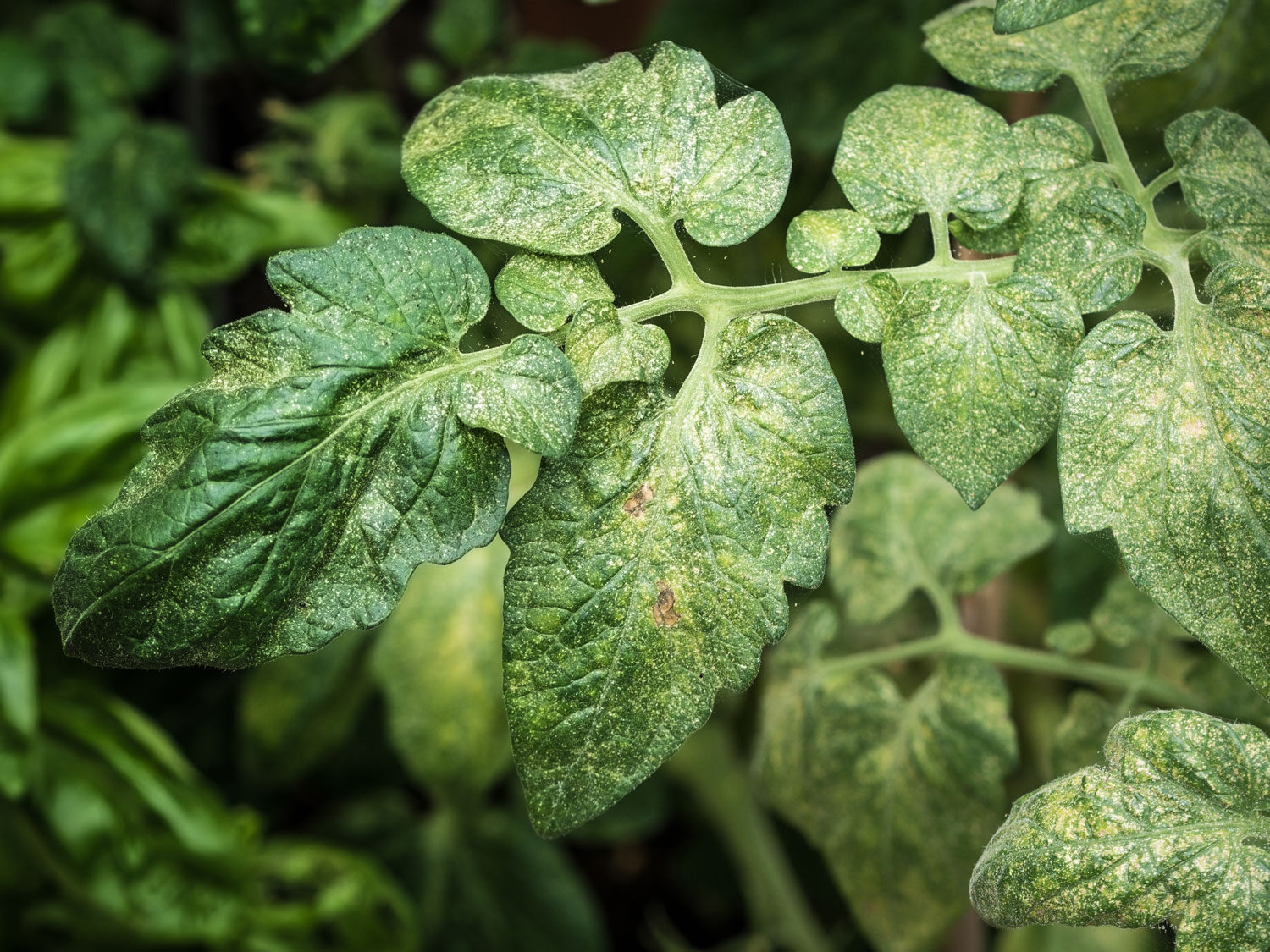
Common Dahlia Diseases
Fungal Diseases
The soil is filled with fungi and most of them are good. But some can cause problems for plants, including dahlias. Here are the most common fungal diseases of dahlias. More information is available in this article from the American Dahlia Society.
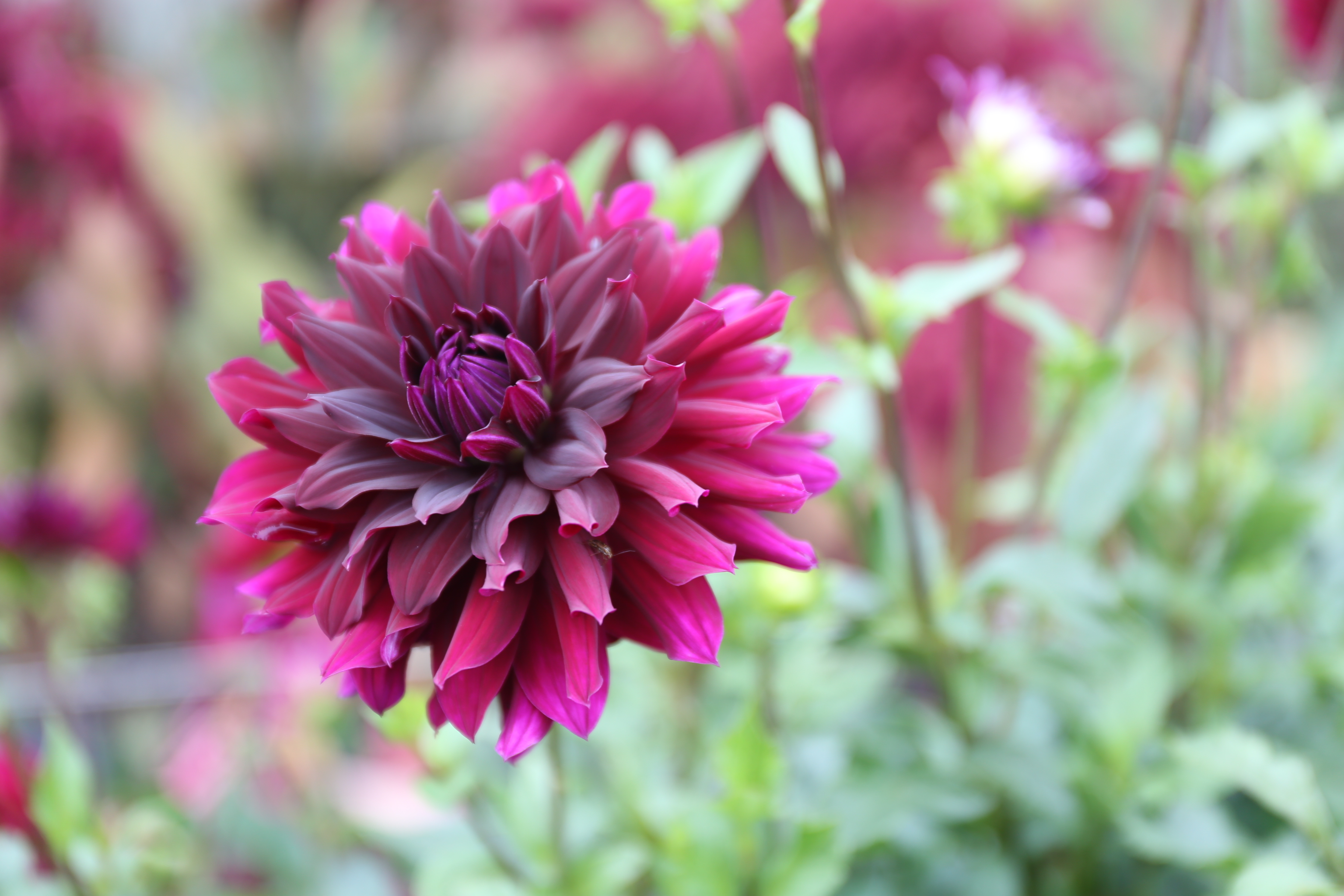
Powdery Mildew
This disease is common in warm, humid climates. It usually shows up during the second half of the growing season. Though powdery mildew can weaken plants, the damage is largely cosmetic. To help to control it, keep dahlia foliage as dry as possible and encourage good air circulation.
If you live in an area where mildew problems are common, you may have to just live with the damage. Powdery mildew can be controlled with an anti-fungal spray, but the application must begin before the disease appears and continue throughout the growing season.
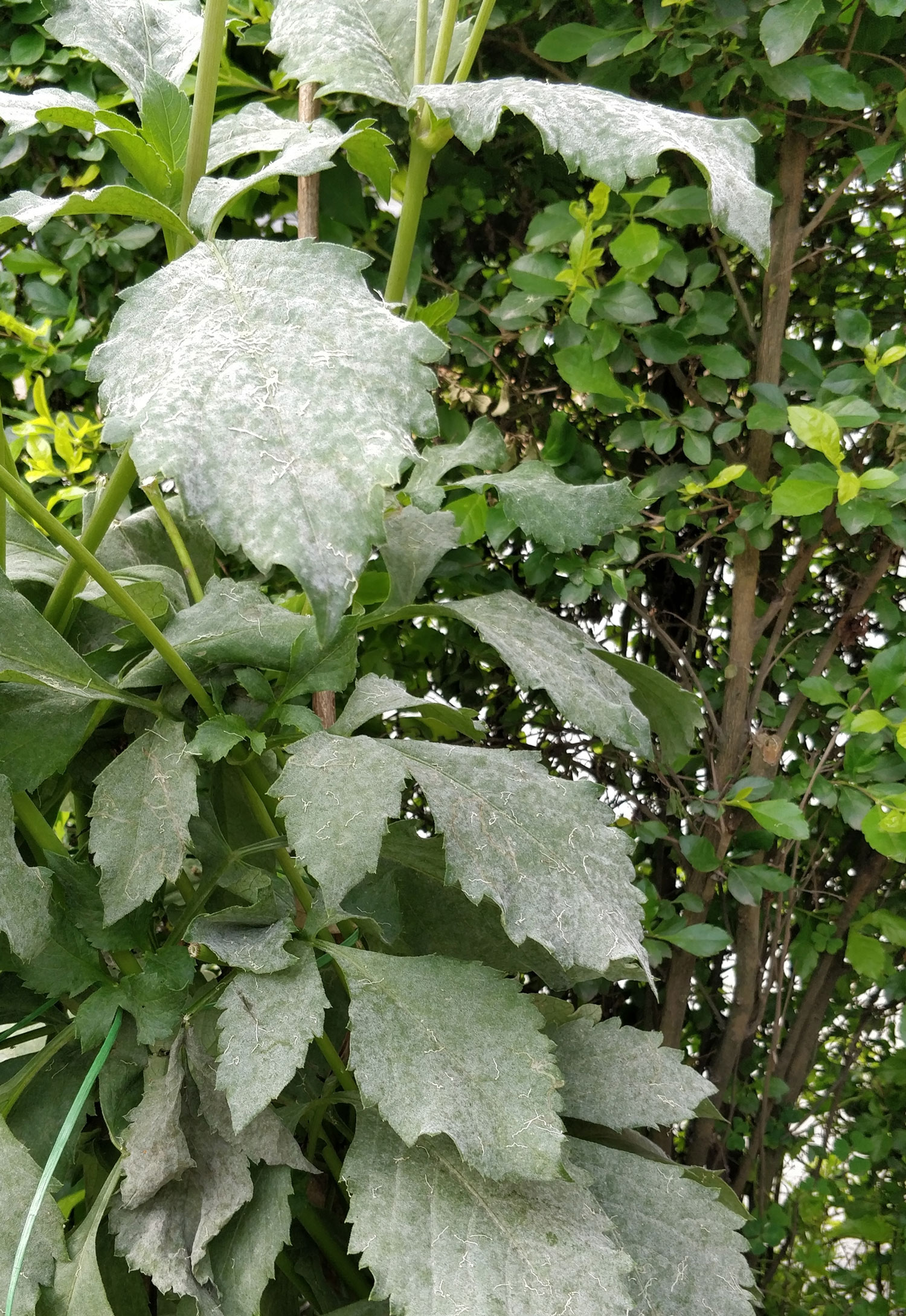
Botrytis
Also known as grey mold, botrytis is common in peonies and can also affect dahlias. The fungus is encouraged by cloudy, wet weather. Dahlia buds turn dark and may be covered with fuzzy grey mold. The disease eventually infects stems and can kill the plant, so it's important to remove infected plant parts immediately.
Verticillium Wilt
When this soil-borne fungus infects a plant, it clogs up the water-conducting tissues (xylem) and prevents the circulation of water and nutrients. Leaf margins may turn brown or appear scorched. Stems may turn yellow, display brown or black streaks, or simply wilt. There is no cure for verticillium wilt and the plant will eventually die. This fungal disease typically occurs in weak plants and those that have been stressed by unfavorable weather.
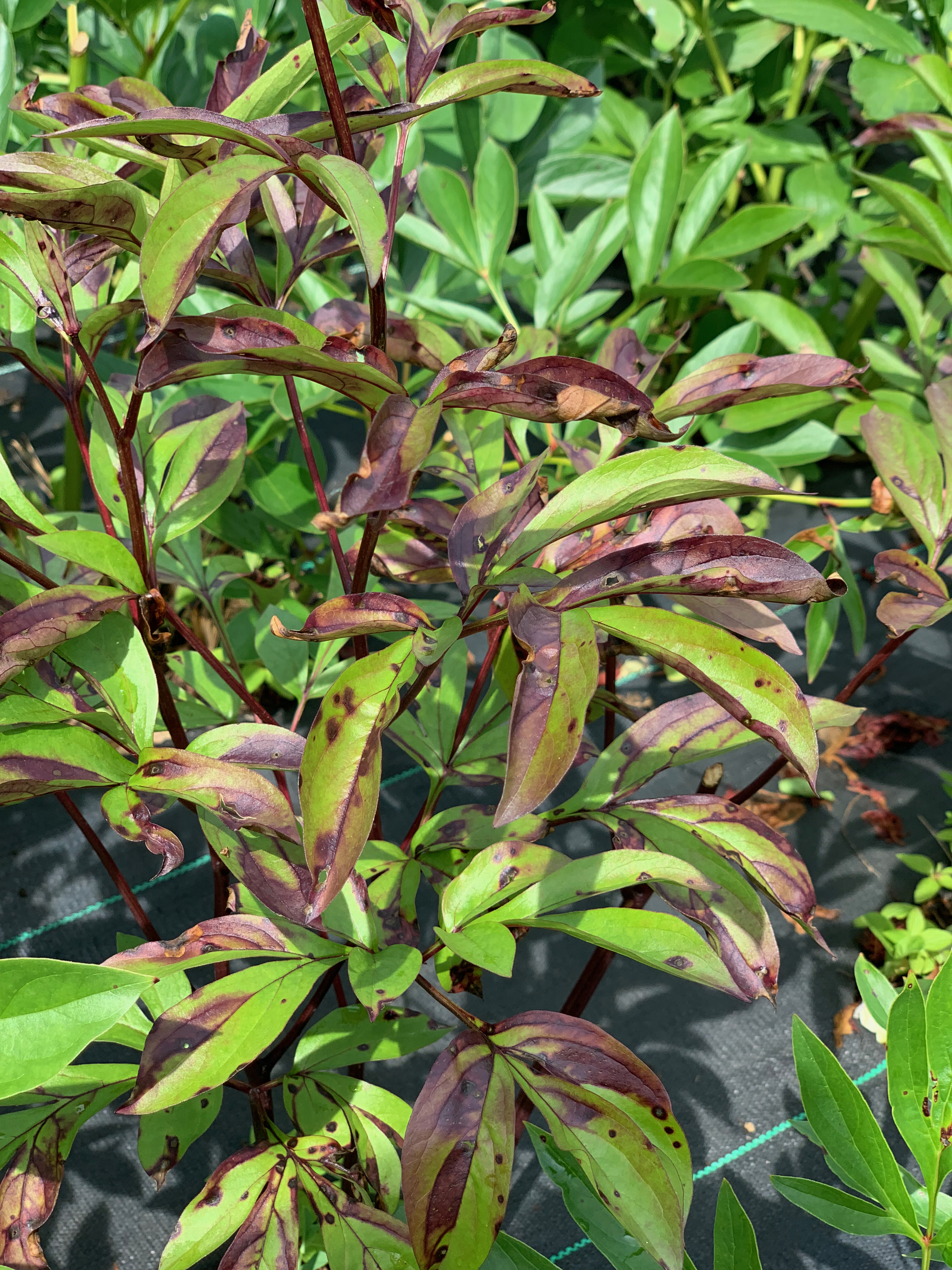
Bacterial Diseases
Bacterial diseases are difficult for a home gardener to diagnose. Typically, bacteria enters plants through a wound or natural opening. If a dahlia gets infected during the growing season, overwintered tubers can carry that bacteria on to the next year. Most bacterial diseases are incurable. Affected plants should be removed and destroyed to control spread.
Bacterial Stem Rot
Infection usually starts at the soil level and moves up. Stems become soft and dark, and eventually the entire plant crumples. Unfortunately, there's no coming back from this one.
Leafy Gall
This peculiar bacterial disease is caused by the bacterium Rhodococcus fascians. Infections cause clusters of excessive, distorted growth, usually near the base of the plant. Accurate diagnosis must be done in a lab, but if you see symptoms that lead you to believe the plant may be infected, it should be destroyed. The disease is not curable and can spread to other plants.
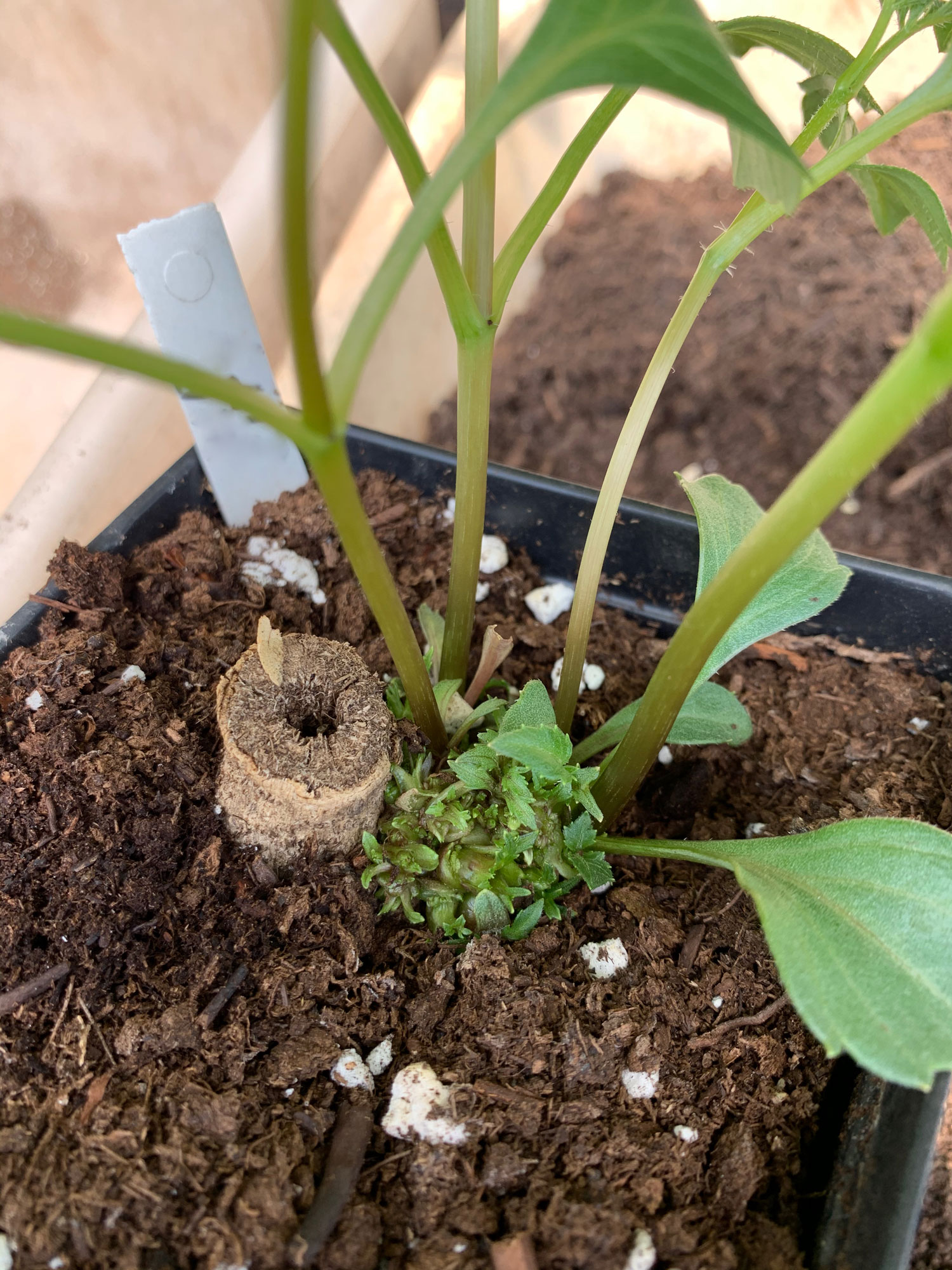
Viral Diseases
There are more than a dozen viruses that can infect dahlias. All have relatively similar symptoms which may include yellow spots or mottling on the leaves, yellowing along the veins, shortened leaf nodes on stems, distorted or twisted foliage, shorter than normal flower stems, poor flowering and overall stunted plants. Unfortunately, these symptoms can resemble other diseases as well as simple weather stress.
The only way to determine if a virus is present is to examine some of the infected tissue in a lab. This isn't practical for home gardeners and it's also unnecessary because there is no cure for any of these viral diseases. The usual recommendation is to remove infected plants as soon as possible to avoid spreading the disease to other dahlias. This is heartbreaking and may also be unnecessary if what looks like virus is actually environmental stress from which the plants may recover. If you suspect your dahlias may be infected with a virus, do not make cuttings and do not overwinter the tubers, as the virus would be present in all parts of the plant.
Dahlia growers in Holland and the US are working to eliminate dahlia viruses, but it's a big challenge. Some dahlia varieties seem to be more resistant to these viruses than others. Washington State University has been studying dahlia viruses for more than 20 years. The website includes lots of relevant information, including: Dahlia Mosaic Virus: A Pictoral Guide.
Hopefully your dahlias will avoid most or even all of these problems. But if something does turn up, determining what's wrong is the best route to a solution.

